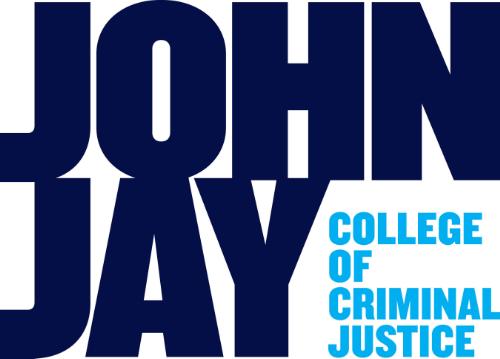
Date of Award
Summer 8-2017
Document Type
Thesis
Degree Name
Master of Science (MS)
Department/Program
Forensic Science
Language
English
First Advisor or Mentor
Mechthild Prinz
Second Reader
Lawrence Kobilinsky
Third Advisor
Zhe Cheng
Abstract
Cartridges and spent cartridge casings can be probative pieces of evidence. Unfortunately due to a combination of factors such as exposure to high temperatures and initially low amounts of biological material on the surface, DNA testing so far has been mostly unsuccessful for these items. Typing other marker systems, such as protein polymorphisms, on the same biological evidence would add power of discrimination. To explore this option we developed a DNA-protein trypsin-based co-extraction method that was optimized for unfired and fired cartridges. Various sample wet and dry collection methods and multiple metal casings, such as aluminum, nickel, steel, and brass were tested. Tape lifting with the Voigtlaender Neschen Foil S23 was determined to be the best sample collection method. Cartridges with brass casings were determined to yield the least amount of DNA and protein. For most metals fired cartridge casings yielded less biological material than unfired cartridges, but this finding was only significant for steel (protein), and steel and aluminum (DNA). Many touched cartridge casings negative for DNA were positive for identifiable protein fragments. But ammunition straight out of the box and even some substrate control samples collected from cleaned casings also yielded peptide signals. Therefore further testing evaluating environmental levels of protein will be necessary.
Recommended Citation
Sterling, Stacey-Ann R., "Range of Detection for Proteins and DNA from Fingerprints on Fired and Unfired Cartridge Casings" (2017). CUNY Academic Works.
https://academicworks.cuny.edu/jj_etds/32

